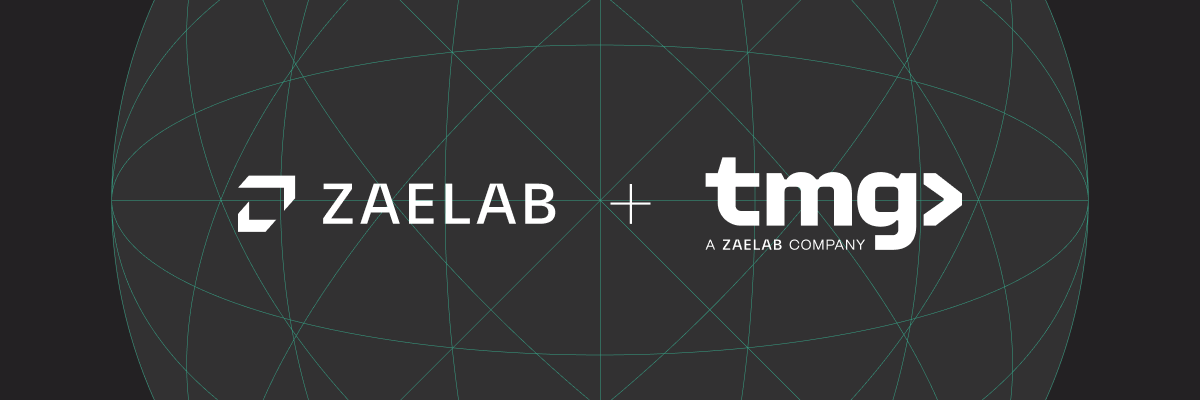The clock is ticking. Mainstream maintenance for SAP Commerce ends in July 2026. This leaves you with two paths: migrate to SAP Commerce Cloud or make the leap to a new eCommerce solution.
What happens if you stand still? Staying on SAP Commerce means rising security threats, no more compliance updates, declining performance, and—ultimately—putting your brand continuity and customer loyalty at risk.
If you haven’t started planning your migration strategy, the time to act is now. Without a proactive plan, tighter timelines, increased disruption, and higher costs are inevitable.
You have to choose a path forward—whether that’s SAP Commerce Cloud or an entirely new platform—but now is the time to step back and take a broader look at cloud-based commerce as a whole. While moving to a cloud-based eCommerce platform requires careful coordination, planning, execution, and followup, it also has its benefits. In this article, we’ll explore those benefits and the common challenges businesses face when making the switch.
Benefits of a Cloud-Based eCommerce Platform
Before we jump into the advantages of a cloud-based eCommerce platform, keep in mind that the right solution will depend on your long-term business goals, revenue streams, tech stack, internal capabilities, and budget.
Scalability
If your organization experiences traffic surges during the holiday season, but maintains steady activity the rest of the year, a cloud platform gives you the flexibility to scale resources up when you need them—and down when you don’t.
And if you’re looking to expand into different markets or countries, cloud platforms make it easy to grow without the cost or complexity of investing in and managing physical infrastructure.
Cost-Savings
With a cloud-based platform, you can scale up or down based on demand and only pay for what you use. Beyond the pay-as-you-go model, cloud platforms also take care of maintenance, upgrades, and infrastructure, which means less work for your teams and a lower total cost of ownership.
Performance
Using advanced load balancing and autoscaling technologies, cloud-based platforms spread traffic across multiple servers, so everything runs smoothly even when demand surges. This allows your eCommerce store to handle high volumes of traffic without sacrificing speed or performance—even during sudden spikes.
Cloud technology also moves data farther and faster, delivering the quick, seamless experience today’s customers expect. And compared to on-premise servers, disruptions and downtime are far less likely with cloud-based platforms.
Security
From regular security updates and built-in firewalls to data encryption and redundancy, cloud-based platforms are committed to keeping your data secure and your privacy protected. These measures help organizations meet industry standards and government regulations while also preventing data loss, corruption, and unauthorized access.
Of course, there are plenty of other benefits to transitioning to a cloud-based eCommerce platform, but these are the most significant advantages. Beyond SAP Commerce Cloud, platforms like Shopify offer cloud-based solutions—and with TMG Fuse, migrating can be fast and seamless. If you’re using SAP S/4HANA or ECC, Fuse also streamlines integrations and facilitates real-time data flow between SAP ERP and Shopify. Designed for complex commerce, Fuse unifies digital operations, reduces manual data entry, and lowers total cost of ownership while accelerating revenue realization.
Common Challenges Moving to the Cloud
Whether you choose to migrate to SAP Commerce Cloud or another cloud-based eCommerce platform, you’ll encounter common challenges that can impact timelines, costs, and performance.
Cross-Departmental Collaboration
While moving to a cloud-based platform may seem like a task for the technology team alone, it’s just as much a business initiative. Involving departments like finance, marketing, sales, and customer service is essential for ensuring both technology and business needs are prioritized in the migration process. Everyone should also be aligned on how their work may be impacted and what exactly the process entails – especially in terms of timeline and costs.
Without cross-departmental collaboration, you risk overlooking opportunities or solutions to department-specific challenges the migration could address. You might also create unnecessary work by migrating outdated or irrelevant data, features, and processes these teams no longer need.
Data Migration
Data migration is often the most demanding part of the migration process—and the leading cause of delays. If you don’t audit your data before migrating and flag any obsolete data, you risk using up valuable storage space. This can push you closer to your platform’s storage limits, slow down the migration, and, as we mentioned earlier, create more work for your team.
Preparing your data typically involves cleaning customer records, updating product catalog information, and, depending on the platform you choose, mapping data to align with the new system’s schema. Setting up a controlled testing environment allows you to validate your data mapping and ensure accuracy, reducing the likelihood of downtime, data loss, or customer-facing issues.
Integrating Your Systems
With any move to a new eCommerce platform comes the task of integrating your other systems like your ERP, CRM, CPQ, etc. Your new platform may already have native or vendor-built integrations available for the systems you use. For instance, if you choose to migrate to SAP Commerce Cloud, best-in-class solutions like Coveo, Contentful, and Pricefx offer native integrations. But that won’t always be the case, you may need to build custom integrations or use an Integration Platform as a Service solution (iPaaS).
Whichever route you take, it’s critical to thoroughly test your integrations—just as you would with your data migration—to ensure everything functions correctly before going live. Skipping or rushing integration testing can result in data issues, delayed orders, and an overall poor customer experience. These problems frustrate teams and buyers, creating extra work and can ultimately result in lost sales.
Each business and migration is unique, but the challenges we’ve outlined here are the ones most businesses encounter.
Once your migration is complete and your new eCommerce platform is live, you should keep a close eye on performance, user engagement, data usage, and sales. The work doesn’t end at launch—you should continuously look for ways to optimize and improve your platform.
Build a Foundation That Lasts
July 2026 will be here sooner than you think and it’s not a deadline you can afford to ignore. There’s still time to plan, but developing a solution that supports your business five or ten years down the road means taking action now.
Migration is a major undertaking that demands a strong strategy and cross-departmental collaboration. But when it’s done right, moving to a cloud-based eCommerce platform is more than just a technical upgrade. It’s an investment in your business’s future. A carefully planned migration strategy—paired with the right platform for your business—opens the door to better features, improved customer experiences, and smarter, data-backed decision making. It’s also a chance to reduce costs and optimize operations.
By addressing potential risks early and taking a proactive approach to data and integrations, you can navigate the migration smoothly and position your business for long-term success.
If you need any support with your strategy or evaluating platforms, schedule a meeting with our SAP experts.



